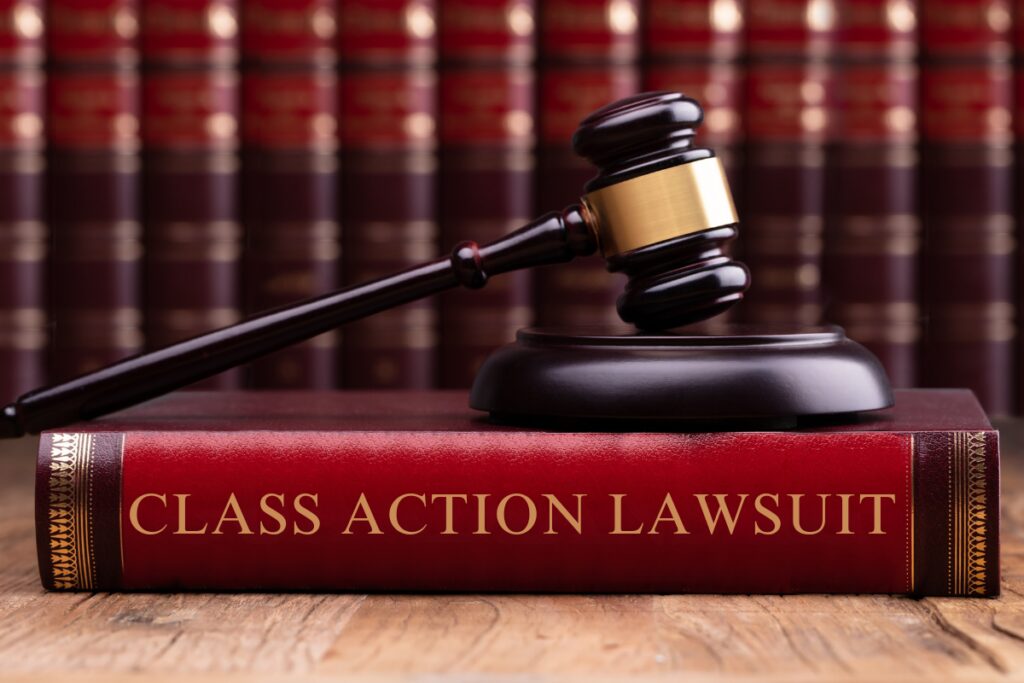If you or someone you know has been harmed by a defective product, a dangerous drug, or negligent conduct, you might come across terms like class action or MDL cases. In this brief guide, you’ll learn how these mechanisms work, when they apply, and how mass torts and MDL lawsuit attorneys can help you navigate them.
Understanding the Basics: Class Actions vs MDL
A class action is a lawsuit in which one or more plaintiffs sue on behalf of a large group (the “class”) with similar claims. If certified by the court, the outcome (whether a settlement or verdict) generally affects all class members in the same way. Class actions are useful when many people have suffered similar harm and want to pool their resources and claims.
Multidistrict Litigation (MDL), on the other hand, is a procedural tool used in the federal court system. When many individual lawsuits are filed in different federal districts but share common factual or legal issues, a panel may consolidate them into a single district court for pretrial proceedings. This consolidation helps avoid duplicative discovery, inconsistent rulings, and inefficiencies. After the pretrial stage, individual cases may return to their original courts for trial or resolution.
When people refer to “mass torts,” they often mean a series of individual claims against the same defendant for injuries stemming from the same harmful product, event, or negligence. In many large-scale injury claims, class actions are either inappropriate or impractical, and MDL becomes the main pathway to coordination.
Why Use MDL Instead of Class Action?
- Individualized damages: In mass tort cases, each person’s harm might differ. MDL allows each claimant to present facts specific to their injury rather than forcing everyone into one “average” outcome.
- Efficiency: Consolidating pretrial matters—motions, discovery, expert reports—saves time and resources for all parties.
- Consistency: A single judge handling common issues ensures more uniform rulings that apply across many cases, reducing legal chaos.
However, MDL is not a guarantee of a class action-style result. Each plaintiff must still present evidence for their specific damages, causation, and liability.
How an Attorney Helps You
A competent legal team guides you from intake through resolution. They help assess whether your case fits the MDL, gather and organize evidence (medical records, exposure data, expert opinions), liaise with leadership counsel, and advocate for fair compensation tailored to your situation. Dolman Russo, for instance, emphasizes their role not only in representing individual plaintiffs but also engaging in leadership positions that influence strategy across MDL cases.
Final Thoughts
Multidistrict litigation and class actions are powerful tools for addressing large-scale harm, but they work differently. Class actions aim for uniform outcomes; MDLs preserve individual claims while coordinating common issues. If you think you may have a claim arising out of a defective product, harmful drug, or negligent conduct, consult a legal team experienced in mass torts and MDL litigation to help you understand your options and navigate this complex process.

